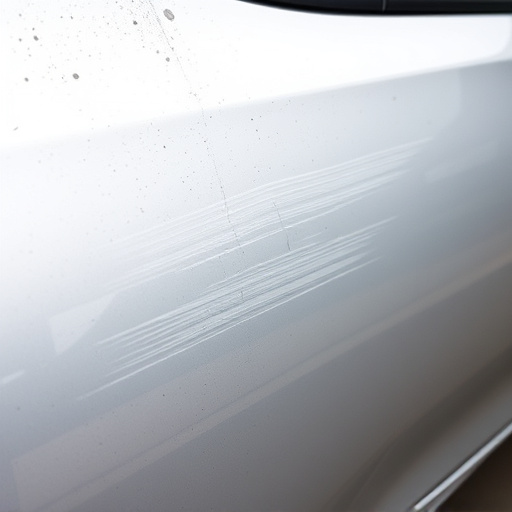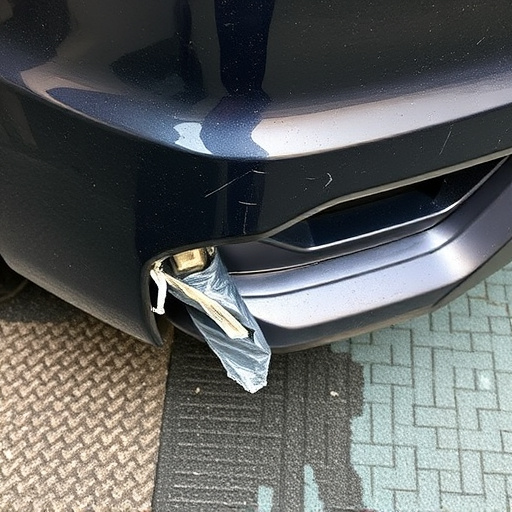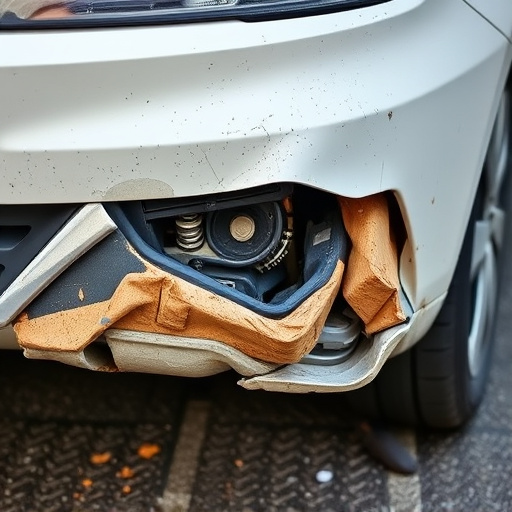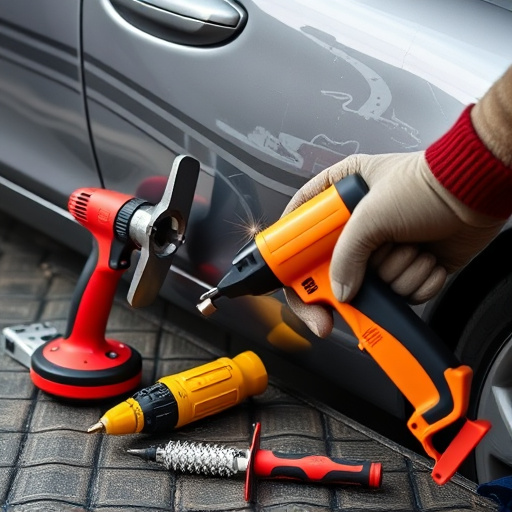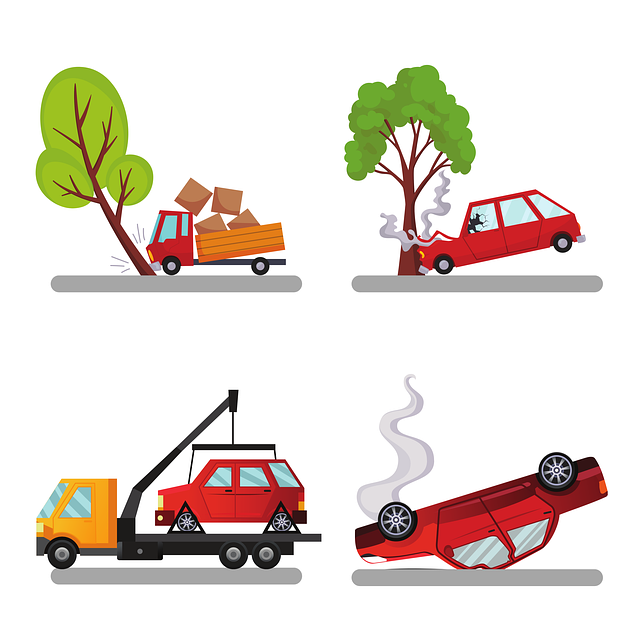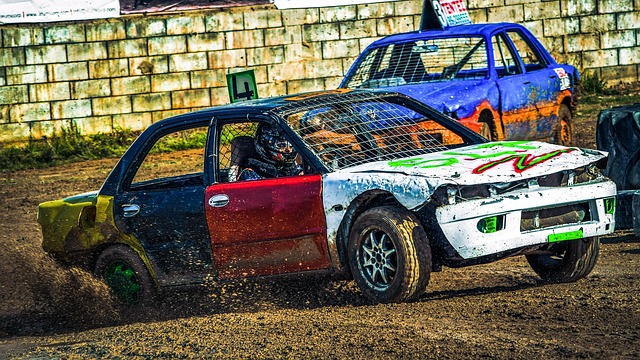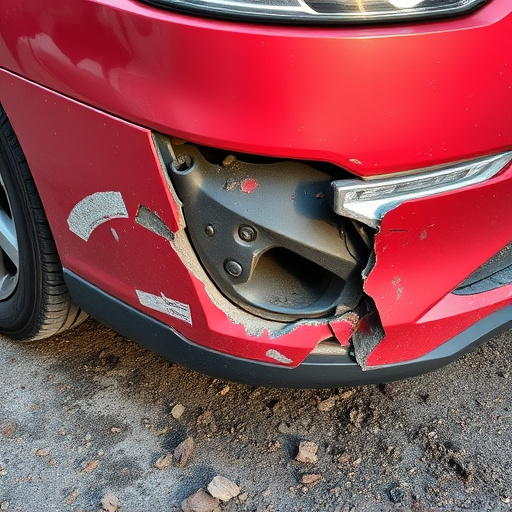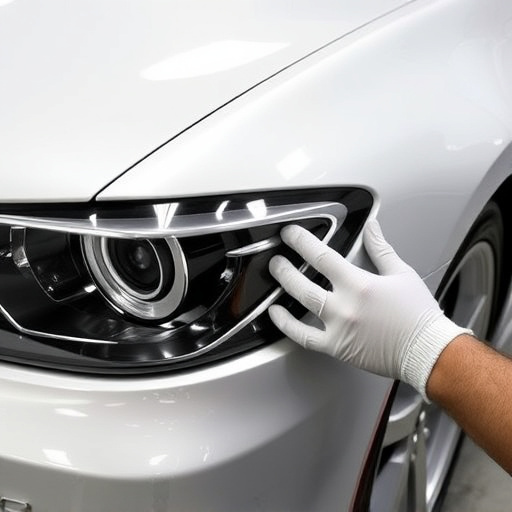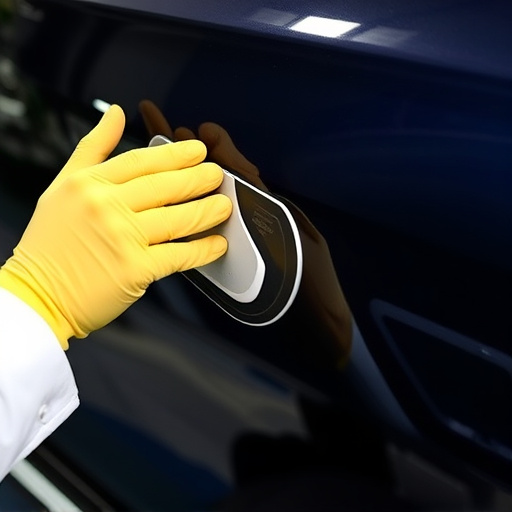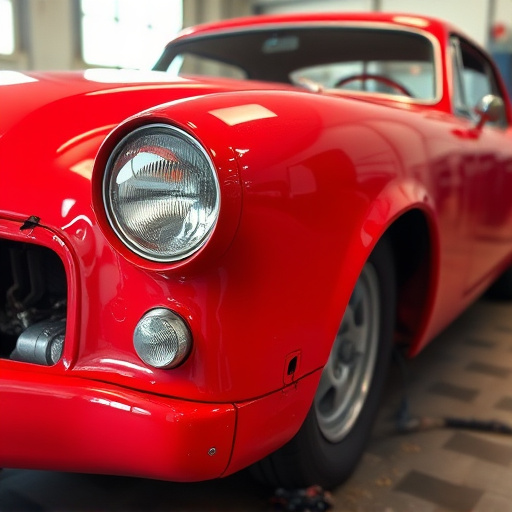Transmission inspections post-accident are vital for safety, assessing gears, bearings, and fluids to identify damage. Mechanics check drivetrain health, frame shifts, and suspension damage, ensuring smooth operation and accurate repairs. A checklist includes checks on drivetrain, exhaust, and fluid levels, focusing on differentials, u-joints, and drive shafts for efficient, safe vehicle restoration.
In the aftermath of an accident, thorough transmission inspections are crucial for safety and liability assessment. This article delves into the essential mechanics behind these inspections, guiding professionals through key protocols and checklists. Understanding the intricate steps involved ensures comprehensive evaluations, facilitating accurate determinations in transmission-related accidents. By mastering these practices, experts can navigate complex scenarios, ensuring fair outcomes and enhancing overall safety standards.
- Understanding Transmission Inspection Protocols
- Key Mechanics During Accident Scrutiny
- Comprehensive Checklists for Safe Evaluations
Understanding Transmission Inspection Protocols

Transmission inspections are crucial aspects of vehicle safety, especially following an accident. These thorough checks ensure that the intricate components of a car’s transmission system are in optimal condition and properly aligned after any impact. During an inspection, auto repair specialists examine various elements, including gears, bearings, and fluid levels, to identify potential damage or misalignments. By doing so, they can prevent further complications and ensure a smooth-running transmission.
Understanding the specific protocols for transmission inspections is vital. Each vehicle manufacturer may have unique guidelines and recommended procedures. Auto repair services typically begin with a visual assessment, followed by more detailed diagnostic tests to pinpoint any issues. It’s important not to overlook potential problems, as even minor transmission faults can lead to significant repairs if left unaddressed. Properly executed fender repair or car scratch repair work should complement these inspections, ensuring that the vehicle returns to its pre-accident condition with all systems functioning correctly.
Key Mechanics During Accident Scrutiny

During accident transmission inspections, several key mechanics play a crucial role in understanding the impact on the vehicle’s drivetrain and overall condition. Mechanics inspect the transmission for any signs of damage, including leaks, cracks, or misalignments. They carefully evaluate the condition of gears, bearings, and clutches, as these components are vital to the smooth operation of the transmission system.
Additionally, they assess the vehicle body repair needs, examining not just the exterior but also the internal structure to ensure that the accident has not compromised the integrity of the bodywork. This includes checking for frame shifts, damage to suspension systems, and any misalignments that could affect handling and safety. The ultimate goal is to determine if the transmission and auto body repair are required, ensuring a safe and reliable vehicle following an accident.
Comprehensive Checklists for Safe Evaluations

During transmission inspections following an accident, a comprehensive checklist is vital to ensure thorough and safe evaluations. This includes meticulous checks on the vehicle’s drivetrain, exhaust system, and fluid levels to identify any potential damage or leaks that could indicate larger issues. Mechanics must also inspect critical components like the differential, u-joints, and drive shafts for signs of wear or misalignment, as these are common points of failure in accidents.
A detailed checklist aids in preventing overlooked damage, which is crucial in the context of automotive collision repair. It ensures that not only immediate safety concerns are addressed but also long-term performance issues are captured early. Moreover, having a structured approach facilitates efficient work flow, allowing for accurate documentation and seamless integration with subsequent auto body services or tire services required to bring the vehicle back to its pre-accident condition.
In the event of an accident, meticulous transmission inspections are paramount to ensure safety and reliability. By adhering to structured protocols, mechanics can thoroughly evaluate key components, utilizing comprehensive checklists to identify potential issues. This process not only aids in accurate diagnostics but also promotes the safe handling of vehicles post-accidents, ultimately enhancing road safety through diligent transmission inspection practices.


